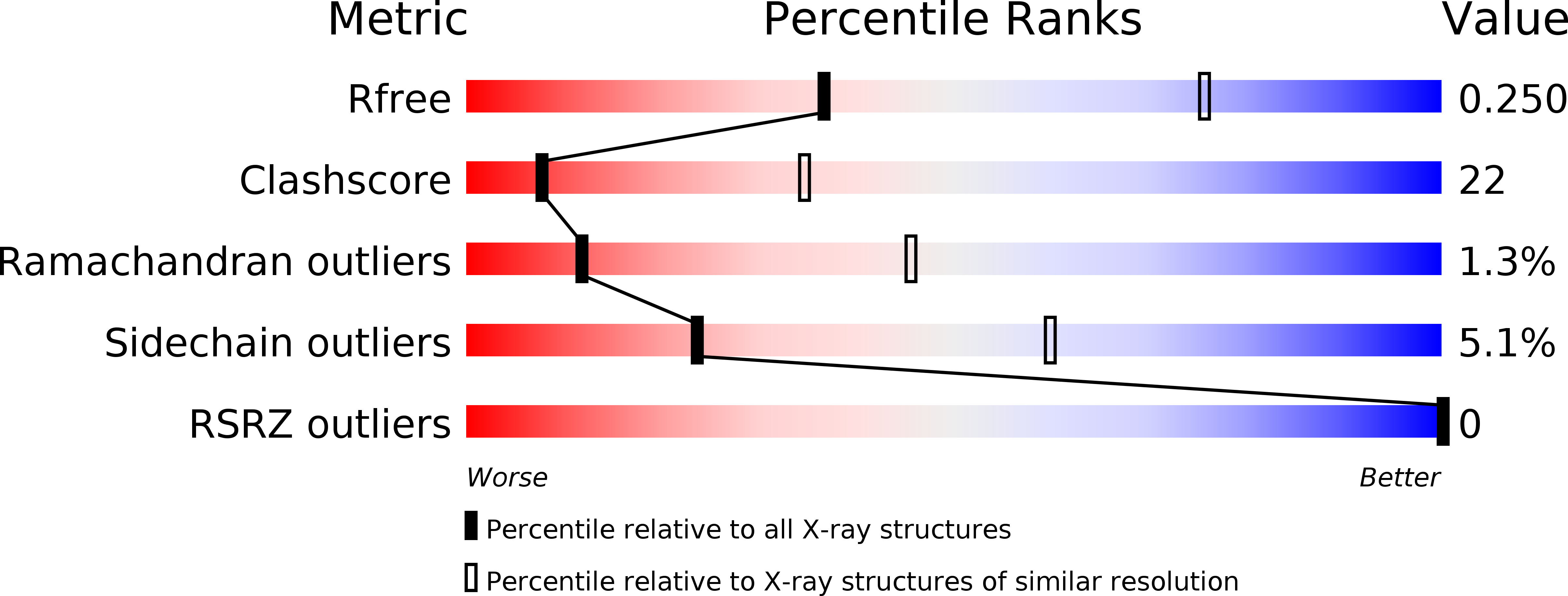
Deposition Date
2013-03-01
Release Date
2013-08-07
Last Version Date
2023-09-20
Entry Detail
PDB ID:
4JGH
Keywords:
Title:
Structure of the SOCS2-Elongin BC complex bound to an N-terminal fragment of Cullin5
Biological Source:
Source Organism:
Homo sapiens (Taxon ID: 9606)
Mus musculus (Taxon ID: 10090)
Mus musculus (Taxon ID: 10090)
Host Organism:
Method Details:
Experimental Method:
Resolution:
3.00 Å
R-Value Free:
0.24
R-Value Work:
0.22
R-Value Observed:
0.22
Space Group:
C 2 2 21


